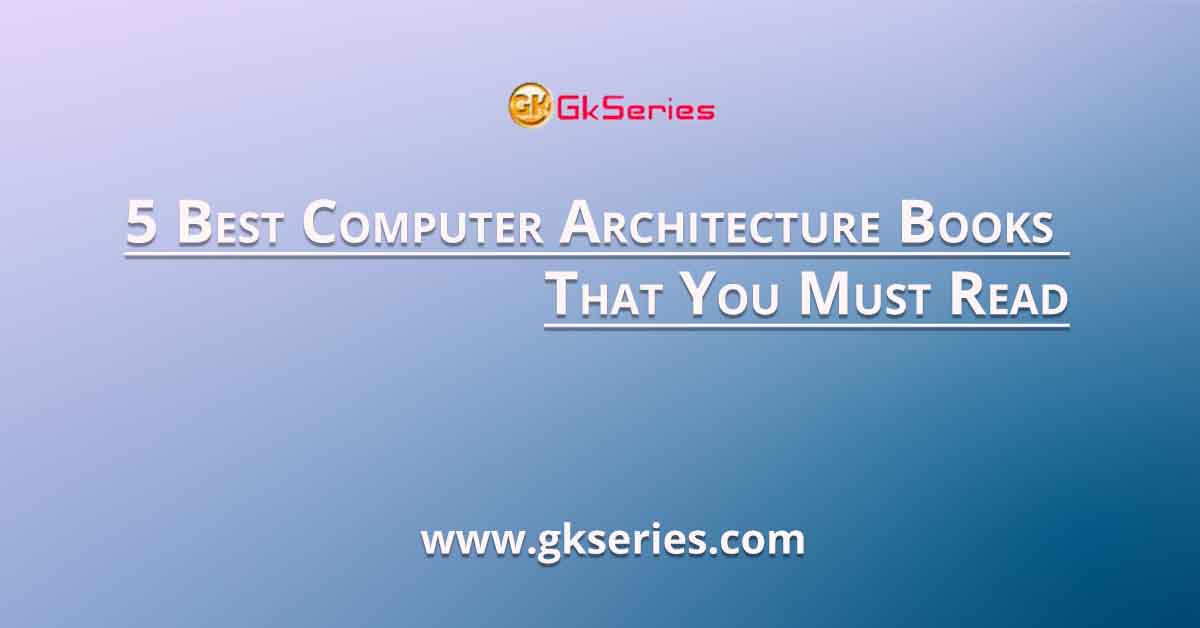5 Best Computer Architecture Books That You Must Read

List of 5 best Computer Architecture books. Computer Architecture is a set of rules and methods that describe the functionality, organization, and implementation of computer systems. Check out the booklist.
1. Computer Architecture: A Quantitative Approach

In the fourth edition of Computer Architecture, the authors focus on this historic shift, increasing their coverage of multiprocessors and exploring the most effective ways of achieving parallelism as the key to unlocking the power of multiple processor architectures. Additionally, the new edition has expanded and updated coverage of design topics beyond processor performance, including power, reliability, availability, and dependability.
Buy Now from Amazon
2. Computer Organization and Design: The Hardware/Software Interface

The performance of software systems is dramatically affected by how well software designers understand the basic hardware technologies at work in a system. Similarly, hardware designers must understand the far reaching effects their design decisions have on software applications. For readers in either category, this classic introduction to the field provides a deep look into the computer.
Buy Now from Amazon
3. The Elements of Computing Systems: Building a Modern Computer from First Principles

In the early days of computer science, the interactions of hardware, software, compilers, and operating system were simple enough to allow students to see an overall picture of how computers worked. With the increasing complexity of computer technology and the resulting specialization of knowledge, such clarity is often lost. Unlike other texts that cover only one aspect of the field, The Elements of Computing Systems gives students an integrated and rigorous picture of applied computer science, as its comes to play in the construction of a simple yet powerful computer system.
Buy Now from Amazon
4. Computer Systems: A Programmer’s Perspective

Computer systems: A Programmer’s Perspective explains the underlying elements common among all computer systems and how they affect general application performance. Written from the programmer’s perspective, this book strives to teach students how understanding basic elements of computer systems and executing real practice can lead them to create better programs.
Buy Now from Amazon
5. Code: The Hidden Language of Computer Hardware and Software

What do flashlights, the British invasion, black cats, and seesaws have to do with computers? In CODE, they show us the ingenious ways we manipulate language and invent new means of communicating with each other. And through CODE, we see how this ingenuity and our very human compulsion to communicate have driven the technological innovations of the past two centuries.







